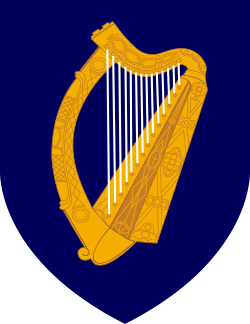| Public Health (Alcohol) Act 2018 | |
|---|---|
 | |
| Oireachtas | |
| |
| Citation | No. 24 of 2018 |
| Territorial extent | Ireland |
| Considered by | Dáil |
| Passed | 3 October 2018 |
| Considered by | Seanad |
| Passed | 3 October 2018 |
| Signed by | President Michael D. Higgins |
| Signed | 17 October 2018 |
| Commenced | Commenced in part: 6 November 2018 14 May 2021 2023 2023 |
| Legislative history | |
| Bill title | Public Health (Alcohol) Bill 2015 |
| Bill citation | No. 120 of 2015 |
| Introduced by | Minister for Health (Leo Varadkar) |
| Introduced | 10 December 2015 |
| Committee responsible | Health |
| First reading | 17 December 2015 |
| Second reading | 26 October 2016 |
| Considered by the Health Committee | 8 November 2017 |
| Report and Final Stage | 15 December 2017 |
| Member(s) in charge | Minister for Health (Deputy Simon Harris) |
| Second reading | 6 March 2018 |
| Considered in committee | 3 October 2018 |
| Report and Final Stage | 3 October 2018 |
| amendments considered by the | 3 October 2018 |
| Finally passed both chambers | 3 October 2018 |
| Summary | |
| Restricts advertising by alcohol companies and introduces a statutory minimum price for alcohol. | |
| Status: Not fully in force | |
The Public Health (Alcohol) Act 2018 (Act No. 24 of 2018) is an Act of the Oireachtas.
Contents
It was first published in 2015 and agreed on by the Dáil in October 2018. It is intended to reduce alcohol consumption and the harms caused by the misuse of alcohol. It provides for statutory minimum prices on alcohol, restrictions on advertising, stark warning labels on alcohol products, and the separation and reduced visibility of alcohol products in mixed trading outlets. [1]